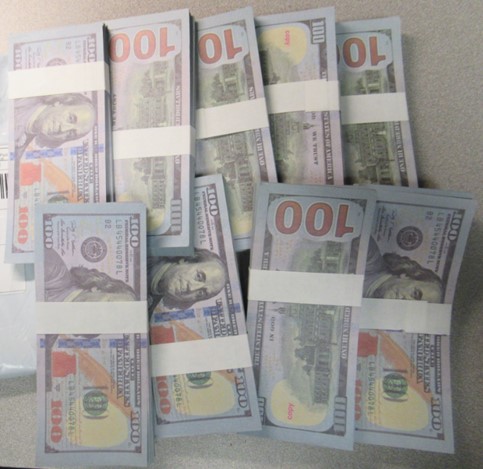
In the shadows of the internet, a clandestine world exists where counterfeit currency thrives. Behind the veil of anonymity, skilled counterfeiters operate in digital marketplaces, offering fake bills that resemble genuine currency. In this article, we delve into buy counterfeit money for sale the intricate web of counterfeit currency sales, exploring where these illicit transactions occur, the methods employed by counterfeiters, and the broader implications for society.
The Dark Web: A Haven for Counterfeiters:
At the heart of the counterfeit currency trade lies the Dark Web, a hidden network accessible only through specialized software. Here, anonymous marketplaces offer a plethora of illegal goods and services, including counterfeit money. Buyers can browse through listings of fake bills from various denominations and currencies, with sellers boasting about the quality and authenticity of their products. Transactions are conducted using cryptocurrencies, providing a layer of anonymity that makes it challenging for law enforcement agencies to track down perpetrators.
Surface Web Forums and Social media Platforms:
Beyond the Dark Web, counterfeit currency sales also proliferate on surface web forums and social media platforms. These platforms serve as virtual marketplaces where counterfeiters advertise their products to a wider audience. Through encrypted messaging apps and private groups, buyers and sellers negotiate deals, arrange transactions, and exchange tips on avoiding detection. Despite efforts by platform moderators to curb illicit activities, counterfeit currency sales persist, highlighting the challenges of policing online spaces.
The Mechanics of Counterfeit Currency Production:
Counterfeiters employ a range of techniques and technologies to produce fake bills that closely resemble genuine currency. From offset printing to digital printing, counterfeiters invest in high-quality equipment and materials to replicate intricate security features, such as watermarks, holograms, and serial numbers. Some even go as far as to use specialized inks and paper to mimic the texture and feel of real banknotes. The result is counterfeit currency that is difficult to distinguish from legitimate money, even by trained professionals.
The Risks for Buyers:
While the allure of easy money may be tempting, buyers of counterfeit currency face significant risks. Scams abound in online marketplaces, with sellers often disappearing after receiving payment or delivering subpar counterfeit bills. Moreover, engaging in counterfeit currency transactions exposes buyers to legal repercussions, including charges of fraud and money laundering. Despite the potential consequences, the demand for counterfeit currency remains high, driven by a desire for quick riches and financial instability.
Impact on Society and the Economy:
The circulation of counterfeit currency poses profound threats to society and the economy. Small businesses are particularly vulnerable to accepting counterfeit bills, leading to financial losses and eroding trust in the monetary system. Moreover, the presence of counterfeit money in circulation can destabilize economies, fuel inflation, and undermine consumer confidence. Addressing this issue requires coordinated efforts from governments, law enforcement agencies, financial institutions, and technology companies to combat counterfeit currency sales and protect the integrity of our financial systems.
Conclusion:
The world of counterfeit currency sales is a murky and complex one, with far-reaching implications for individuals, businesses, and economies worldwide. As technology evolves and online marketplaces continue to proliferate, the challenge of combating counterfeit currency sales grows ever more daunting. However, by raising awareness, implementing robust security measures, and fostering collaboration among stakeholders, we can effectively mitigate the risks posed by counterfeit currency sales and safeguard the integrity of our monetary systems.